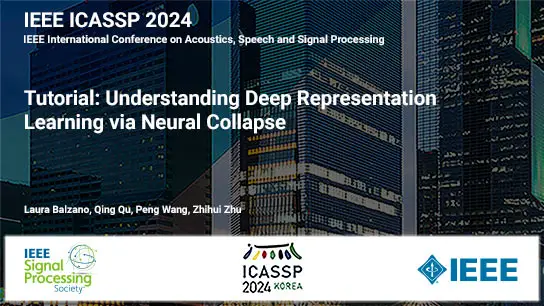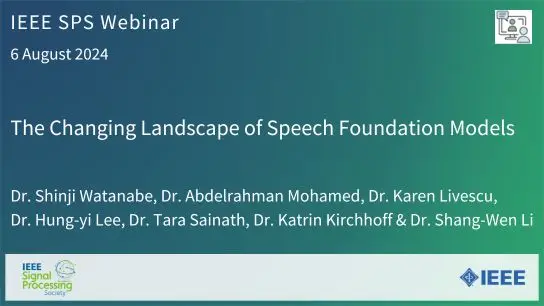REPRESENTATION LEARNING THROUGH CROSS-MODAL CONDITIONAL TEACHER-STUDENT TRAINING FOR SPEECH EMOTION RECOGNITION
Sundararajan Srinivasan, Zhaocheng Huang, Katrin Kirchhoff
-
Members: FreeSPS
IEEE Members: $11.00
Non-members: $15.00Length: 00:13:42
08 May 2022
Generic pre-trained speech and text representations promise to reduce the need for large labeled datasets on specific speech and language tasks. However, it is not clear how to effectively adapt these representations for speech emotion recognition. Recent public benchmarks show the efficacy of several popular self-supervised speech representations for emotion classification. In this study, we show that the primary difference between the top-performing representations is in predicting valence while the differences in predicting activation and dominance dimensions are less pronounced. However, we show that even the best-performing HuBERT representation underperforms on valence prediction compared to a multimodal model that also incorporates text representation. We address this shortcoming by injecting lexical information into the speech representation using the multimodal model as a teacher. To improve the efficacy of our approach, we propose a novel estimate of the quality of the emotion predictions, to condition teacher-student training. We report new audio-only state-of-the-art concordance correlation coefficient (CCC) values of 0.757, 0.627, 0.671 for activation, valence and dominance predictions, respectively, on the MSP-Podcast corpus, and also state-of-the-art values of 0.667, 0.582, 0.545 on the IEMOCAP corpus.



